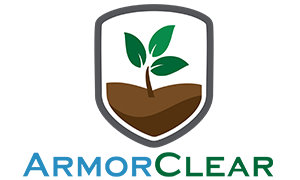There are many reasons to enjoy modern life and all its trappings: a fully stocked supermarket only a short drive away, and a clean apartment where you can order pizza delivery late into the night. For many of us, these are hard to give up. However, for the past 12,000 years, since our ancestors first turned from hunter-gatherers to farmers, we’ve been intrinsically tied to the land underneath our feet. Today, our daily goals and tasks have very little to do with the basic tenets of survival. We go to work and pay off our loans in order to save money and build a better credit score. We take out mortgages and diversify our portfolios. No longer is each day a consideration of directly fulfilling your basic needs, but rather a complex web of financial and social decisions that ultimately decides your access to resources.
While homesteading is by no means a simple venture, the direct focus on providing a living using your own basic skills and resources does bring a level of clarity into a confusing, complex world. At its core, traditional homesteading is a lifestyle of self-sustenance: providing food, shelter, income, and all other resources through your own direct labor. This can involve growing your own food, powering your own home, raising livestock, or making and selling your own hand-made or home-grown products. Urban homesteading, however, is not strictly defined by any particular style of home, way of living, location, or occupation, but is rather a philosophy and lifestyle choice that can be applied nearly anywhere.
The term ‘homesteading,’ is most notable throughout Western history with the passing of the 1862 Homestead Act, and the 1930’s Subsistence Homesteading Act that came with FDR’s New Deal. Both policies were for individuals with land and a home and encouraged them to make their own way in the world with these essentials. An individual family could grow their own food, turn a small profit, and take care of themselves. All their energy could be pointed towards their own home and wellbeing, rather than relying on wages from a job miles away. This was a powerful tool for empowering rural, poor families. In 1866, the original Homestead Act was amended to include Black Americans. While discrimination and systemic barriers stood directly in the way of their success, by 1900 more than a quarter of all Southern Black farmers owned their own farms.
Between 1862 and 1934, the U.S. government granted 1.6 million homesteads, resulting in almost 270 million acres of federal land to become privately owned. While homesteading was officially discontinued in the U.S. in 1976, this process continued until 1986 for Alaskan homesteaders. Today, homesteading very rarely includes any granting of federal land, and the government takes on a much smaller role. Yet, the goals of the families embarking on this new way of life are in many ways the same.




